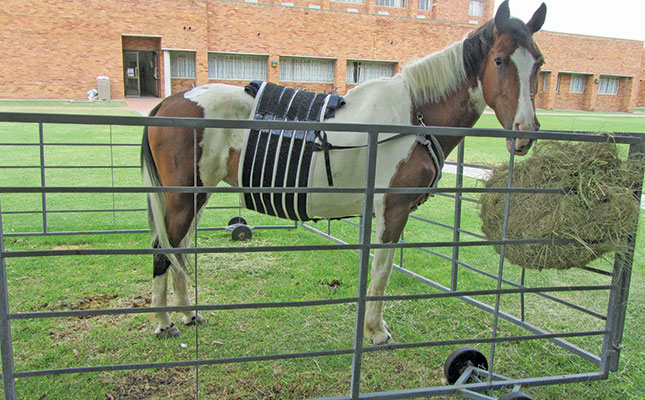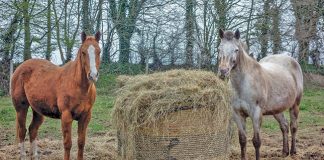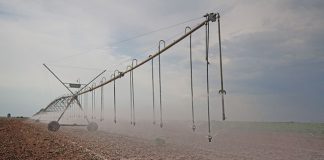
Photo: Dr Mac
When a horse goes down and starts rolling, most riders will recognise this as colic. However, depending on the sort of colic, horses may show other signs that are not as well known.
In about 90% of colic cases, treatment is successful, but the other 10% are life threatening. With the COVID-19 national lockdown, many equine veterinarians are encouraging virtual consultations, which are affordable and geared towards rapid advice and interventions in case of an emergency.
Recognising colic
Take you cell phone with you to the stables as your vet may ask you about the horse’s vital signs or ask for a photo or video. Make sure you know how to measure your horse’s heart rate, respiration and temperature.
The vet may also ask you to take a photograph of the mucous membranes of the mouth and the conjunctiva to analyse their colour. Be careful when you take the photograph not to spook the horse.
Also check if your horse is straining or passing faeces; the colour and consistency of the droppings can indicate the type of colic. Failure to pass faeces is commonly seen in severe cases of colic, as the intestines go into spasm.
For all kinds of colic, it is essential to take your horse out of the stable and keep it walking. This decreases the intestinal spasms and prevents rolling. When a horse starts rolling and throwing itself about in pain inside the stable, it can injure itself badly and this violent thrashing can be very dangerous for the handler.
If the horse is a mare with a young foal, separate the foal and mare so that the foal can’t be injured, but make sure the mare can see it; you can walk the mare in circles around the foal while someone holds it.
If you live in a fairly inaccessible area, your vet can make up a first-aid box for you with a few essential medicines.
It’s not a good idea to use these without first phoning the vet as some injectable painkillers can mask colic. Also, giving any medication without checking with your vet can result in your insurance company refusing to pay veterinary costs or death insurance.
Getting to a hospital
It’s also a good idea to make sure that your horse trailer is regularly serviced and all the tyres are pumped. You may have to load a colicky horse in a hurry to take it through for hospitalisation.
If you have to load a horse with colic, you will need to remove the dividers. If you are able to do so, it is a good idea to put on leg and head protectors and a padded blanket that is well fastened.
Deep bedding is also a good idea. It is really best if the vet sees the horse before it is loaded. However, if you live in a place that is too distant from an equine specialist, your vet may supply you with an injectable or oral painkiller and tranquilliser that should be given about 30 to 40 minutes before loading.
Once hospitalised, the vet will decide whether surgery is indicated. This is expensive and it is really worth insuring your horses for emergency surgery.
In winter, the most common cause of colic is a shortage of good-quality hay, lack of salt and horses getting too much grain.
In spring, it is poisonous plants and bright-green grazing that foams in the stomach when it is greedily grazed. Tranquil, well-managed stables and horses that spend at least four hours a day outside see fewer colic cases.
Dr Mac is an academic, a practising equine veterinarian and a stud owner.











